Ha Giang Weather: Soak in the Radiant Highland Sun
If you’re thinking about visiting Ha Giang, it’s always a good idea to check out the weather first. Ha Giang is known for its stunning landscapes and beautiful scenery, but the weather can be a bit unpredictable at times. From hot and humid summers to cool and misty winters, it’s important to pack accordingly for your trip to Ha Giang weather. Keep an eye on the forecast before you go so you can make the most of your time in this amazing region of Vietnam.
Where is Ha Giang?
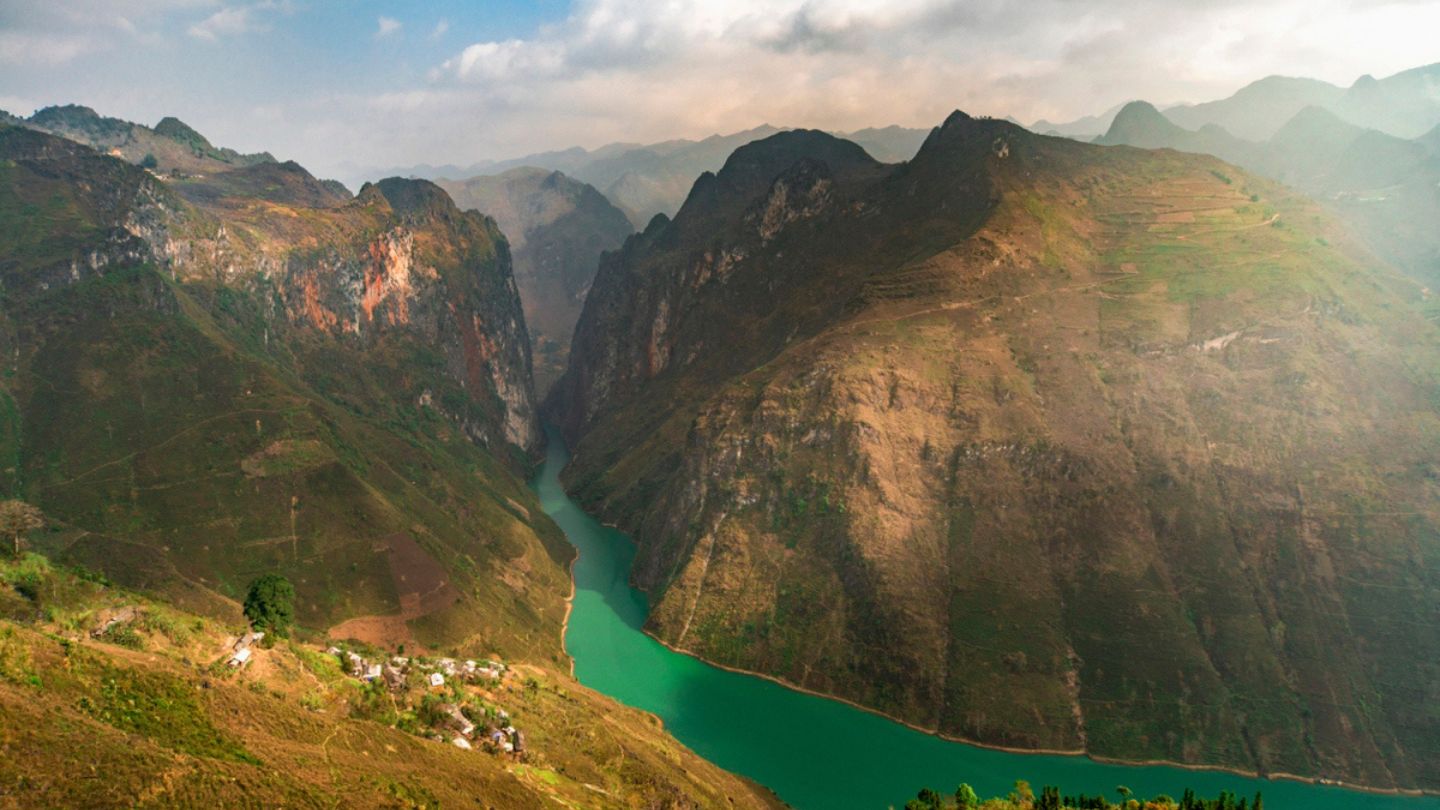
Nestled in Vietnam’s northern highlands, about 318 kilometers from Hanoi, Ha Giang is a breathtaking mountainous province. Its elevations range from 800 to 1,200 meters above sea level, featuring majestic peaks, winding rivers, and vibrant flora.
With 19 ethnic groups enriching its cultural fabric, Ha Giang invites exploration into diverse traditions. Despite the region’s simple rural charm, its untamed natural beauty mesmerizes visitors, creating lasting memories. Ha Giang’s landscapes leave an unforgettable impression, making it a cherished destination in Vietnam’s northern frontier.
Overview of Ha Giang Weather
- Spring (March-April): 15°C – 25°C, comfortable and not too hot.
- Summer (May-August): 25°C – 35°C, very hot with high humidity and heavy rains.
- Autumn (September-November): 15°C – 25°C, warm days and cooler evenings.
- Winter (December-February): 5°C – 15°C (at lower elevations), below freezing at higher mountain elevations.
Spring (February – April)
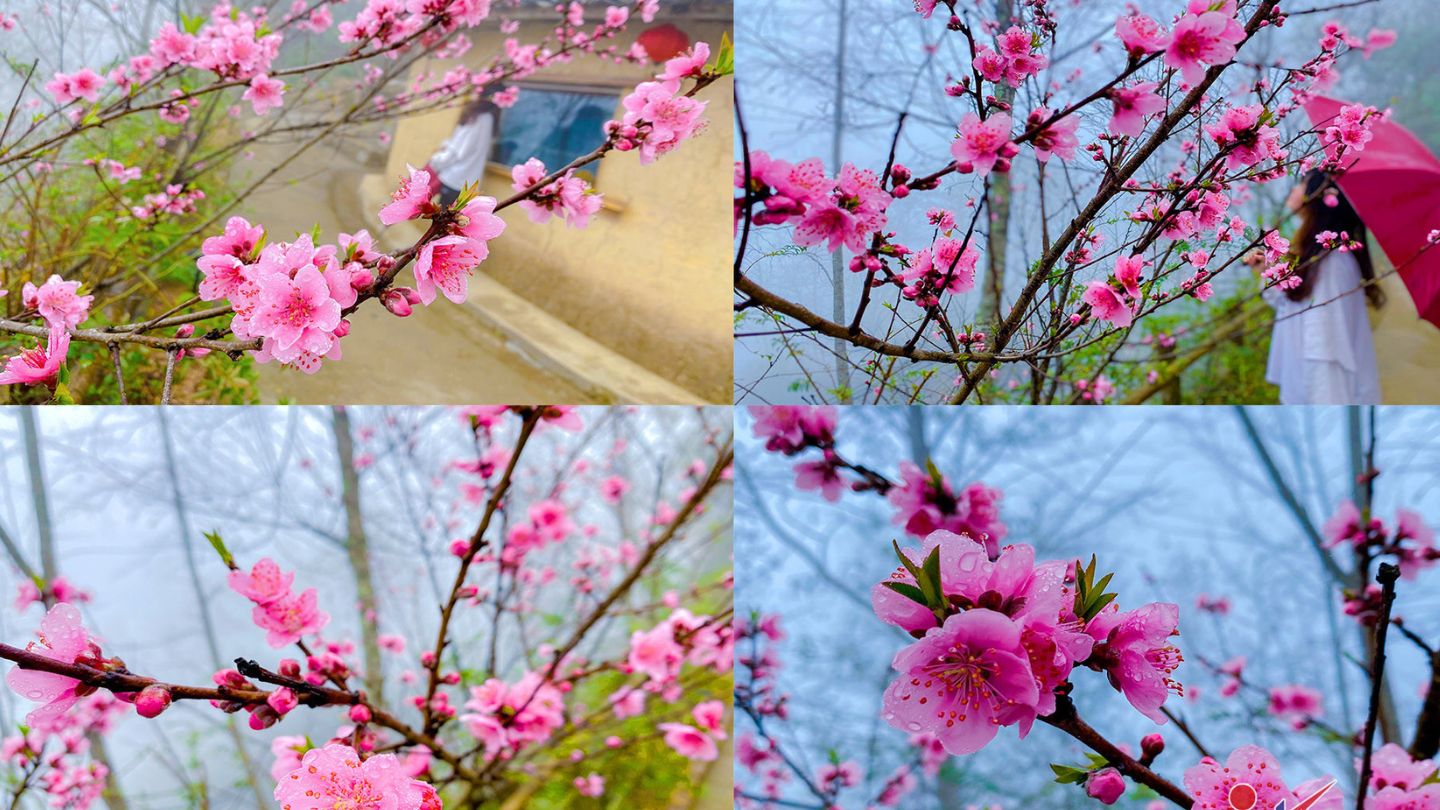
Spring in Ha Giang weather is arguably the best time to visit Ha Giang, especially in March. During this season, the region bursts into life with beautiful plum and peach blossoms. The entire province, including Dong Van and Meo Vac, transforms into a colorful landscape, showcasing white plum flowers and vibrant pink peach blooms as if Ha Giang is waking up to flaunt her beauty.
This time of year is also part of the dry season, meaning less rain and pleasant temperatures around 15-20 degrees Celsius, perfect for trekking and outdoor adventures. However, January and February can be a bit chilly, with temperatures dropping to 10-15 degrees, so it’s wise to wear warm clothing and good gloves while riding a motorbike.
Additionally, spring coincides with Tet, the Lunar New Year, which means you can experience exciting local festivals happening all over Vietnam. It’s a fantastic time to soak in the culture and celebrate with the locals!
Summer (May-August)
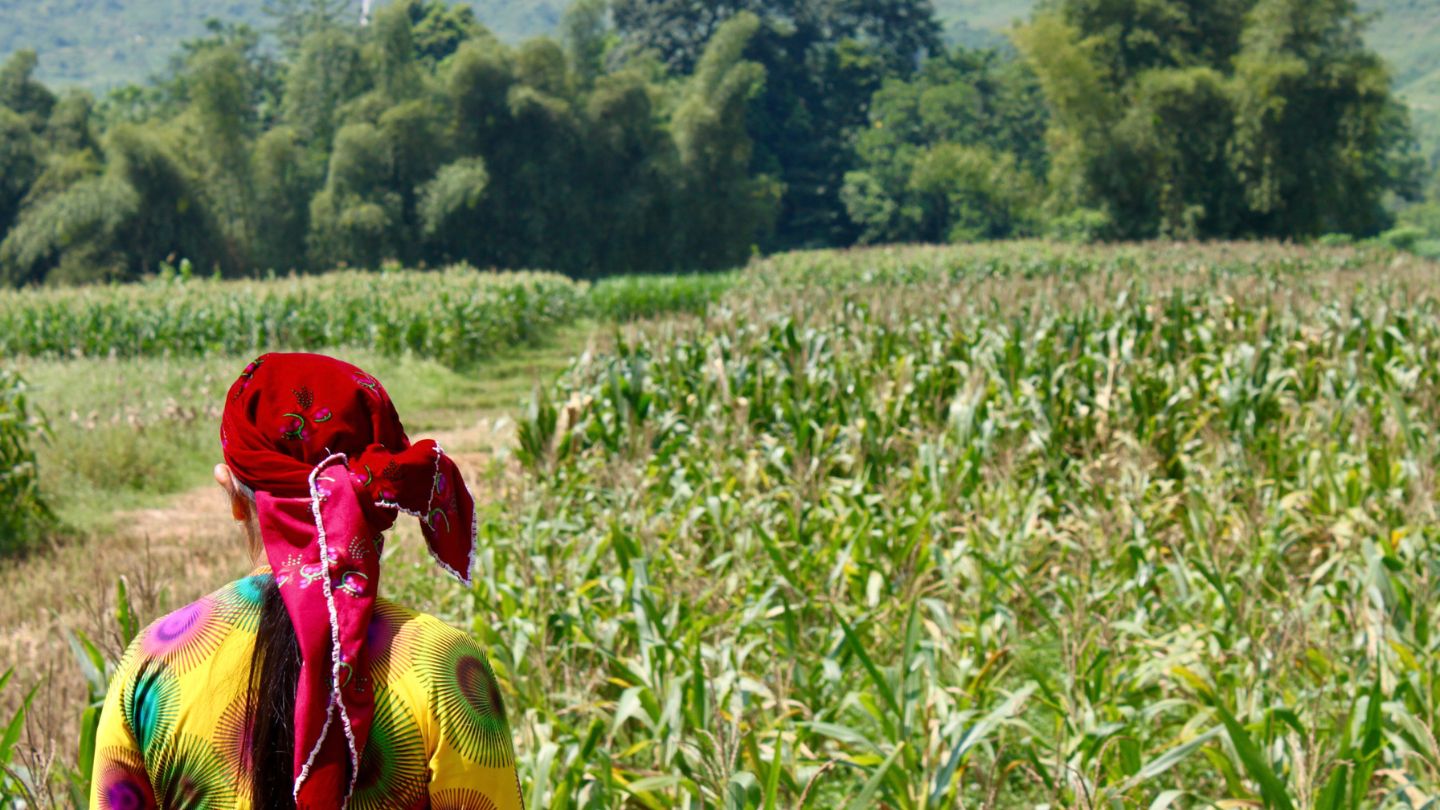
Summer (May-August) marks a transition in Ha Giang’s weather. April offers pleasant temperatures around 17-20 degrees Celsius, perfect for motorbike rides or trekking trips amid clear skies ideal for photography. By May and June, temperatures rise significantly, often reaching 30-37 degrees Celsius. It’s essential to protect yourself with sunglasses, sunscreen, and lightweight, long clothing to shield from the sun’s intensity. The longer days allow for early starts and midday breaks to avoid the hottest hours.
Despite the heat, summer in Ha Giang weather presents unique opportunities to witness local agricultural activities like corn cultivation by Hmong and Dao communities in the highlands, and rice field irrigation by the Tay people in the lowlands. June paints the landscape green with crops, offering a serene and less crowded experience compared to peak tourist seasons.
Autumn (September – November)
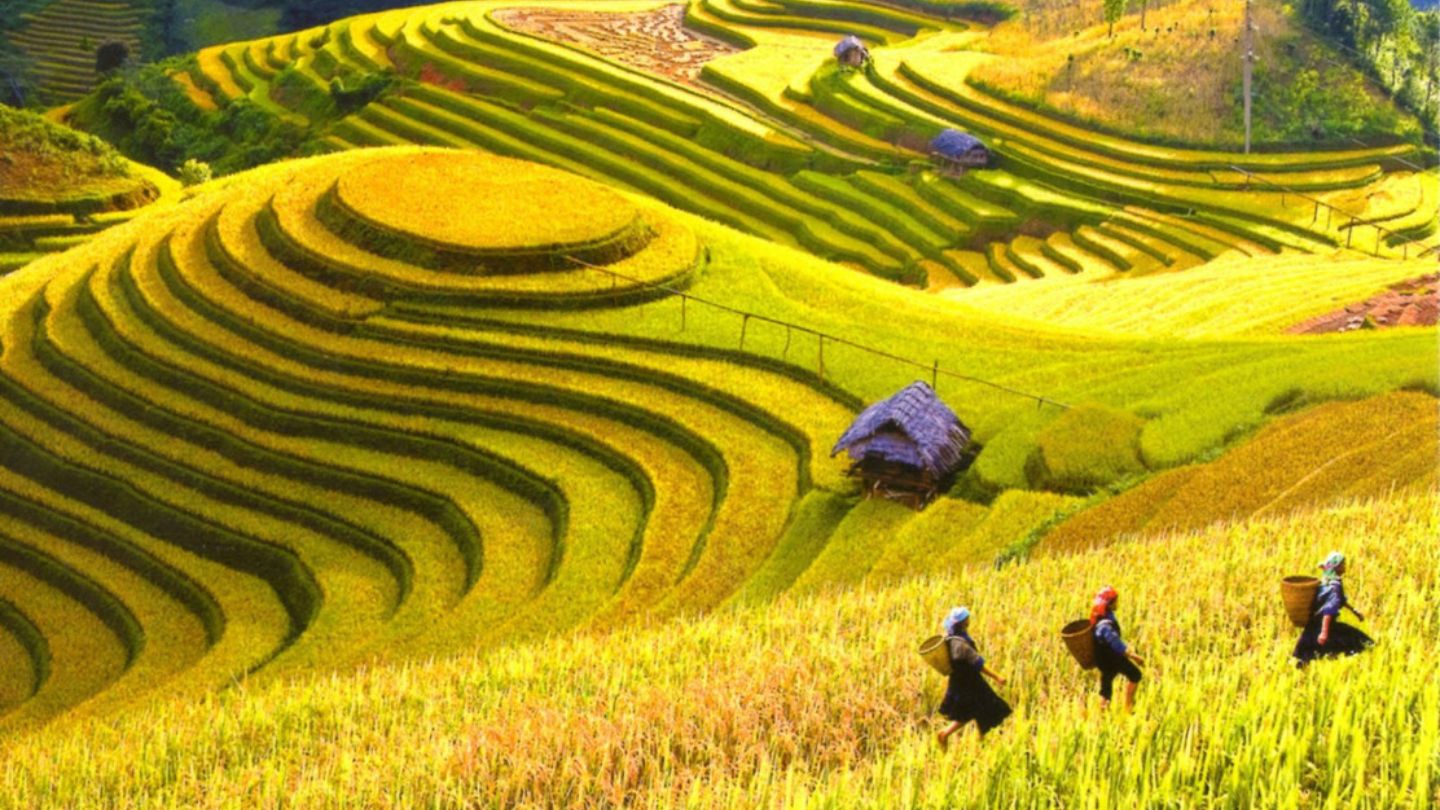
In the fall (September to November), you’ll be amazed by the huge rice terraces covering the mountains. They turn a beautiful golden color when the rice is ready to harvest, making it a great time to visit and take in their beauty. The weather is also cooler and less rainy, around 25-30 degrees, perfect for hiking or riding motorbikes. You’ll also find lots of Vietnamese tourists visiting during this time in Ha Giang weather.
Winter (December – February)

In November, Ha Giang weather showcases its beautiful buckwheat flowers, which bloom across the region and have become symbols of Ha Giang tourism. Once a food source, these lovely flowers now attract many tourists eager to witness their delicate beauty. The weather during this time is perfect for outdoor activities, with clear skies and minimal rain, making it ideal for a 3- or 4-day motorbike trip through Ha Giang.
If you prefer a more immersive experience, consider a 3- or 5-day trekking adventure to explore local life and culture. Just keep in mind that in December, places like Dong Van and Meo Vac, located at higher altitudes, can experience snow and freezing temperatures, dropping to as low as 0 to 5 degrees Celsius. So, make sure to pack warm clothes to stay comfortable while you enjoy the stunning winter landscape and unique experiences that Ha Giang has to offer!
What is the best time to visit Ha Giang?
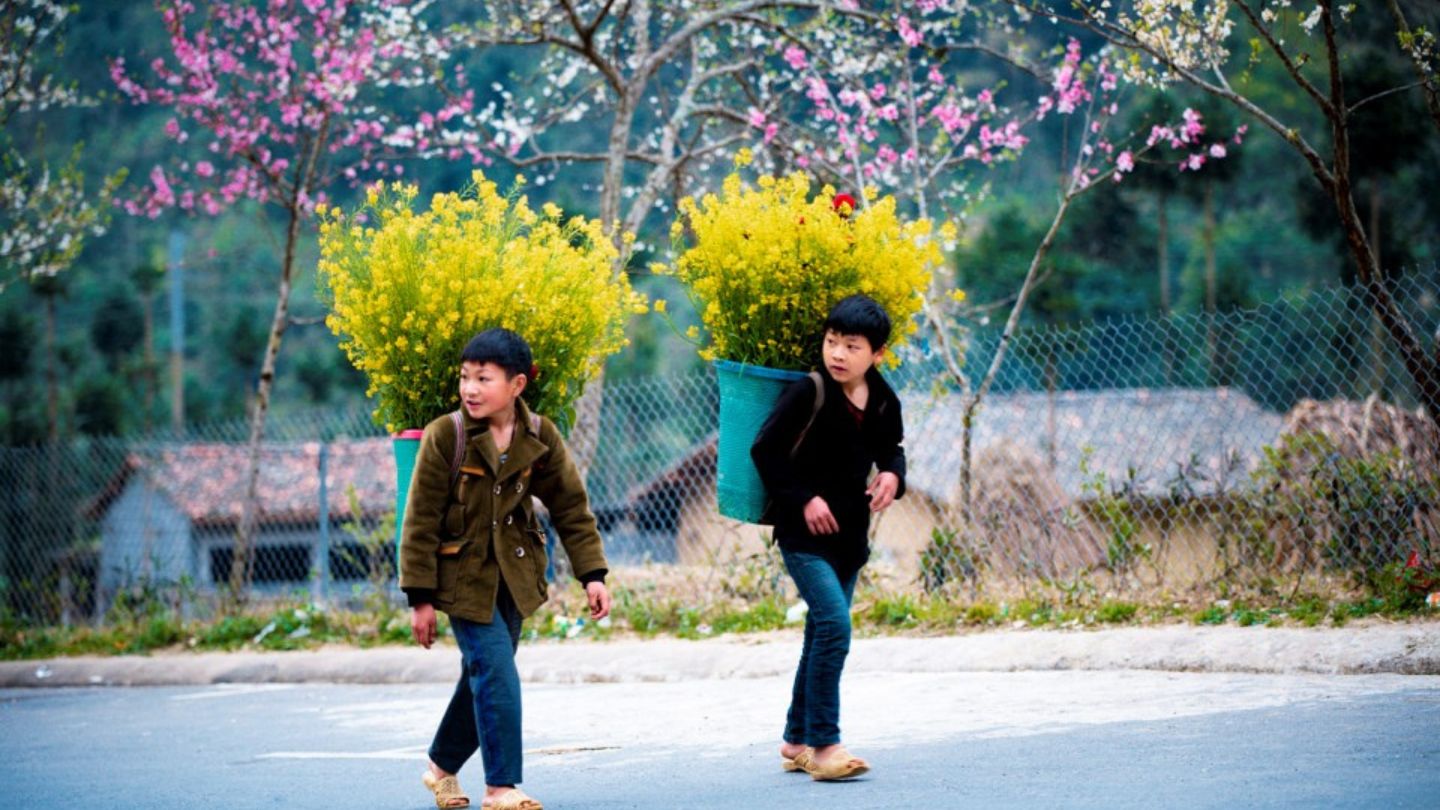
The best times to visit Ha Giang are spring (March-April) and autumn (September-November). These seasons offer warm, sunny days without being too hot. This makes it more enjoyable to explore the mountains and nature. The cooler and drier weather also provides excellent visibility for taking in Ha Giang’s famous mountain views and landscapes.
Spring and autumn in Ha Giang weather also avoid the heavy rains of summer, reducing the risk of road flooding or landslides. In winter, temperatures drop below freezing in the mountains. However, during spring and fall, the weather is cooler but still comfortable for activities like trekking or motorbiking. Furthermore, there are fewer tourists during these non-peak seasons compared to summer and winter – giving you a chance to experience Ha Giang’s natural beauty without crowds.
Conclusion
In summary, Ha Giang weather offers a delightful mix of cool mountain air and scenic beauty throughout the day. Mornings greet you with refreshing breezes and misty landscapes, perfect for outdoor activities like hiking and exploring local culture. As the day unfolds, clear skies reveal breathtaking mountain views and vibrant greenery. Embrace the natural diversity and charm of Ha Giang’s climate for a memorable travel experience in northern Vietnam!
FAQs
What is the best time to visit Ha Giang?
The best times to visit Ha Giang weather are March-April (spring) and September-November (autumn). These seasons offer warm, sunny days that are just right – not too hot – for enjoying the mountains and natural beauty of Ha Giang.
What is the climate in Ha Giang?
In Ha Giang weather, temperatures vary with altitude. Generally, September-November and March-May offer pleasant averages around the mid-20s Celsius. Summers can be hot and humid, especially in the valleys, often exceeding 30 degrees Celsius.
Does the Ha Giang Loop get cold?
Winter (December-February) brings bitter cold, while summer (June-August) sees heavy rainfall in Ha Giang. Despite these conditions, many travelers still find joy in exploring the region’s beauty and completing the scenic loop.




